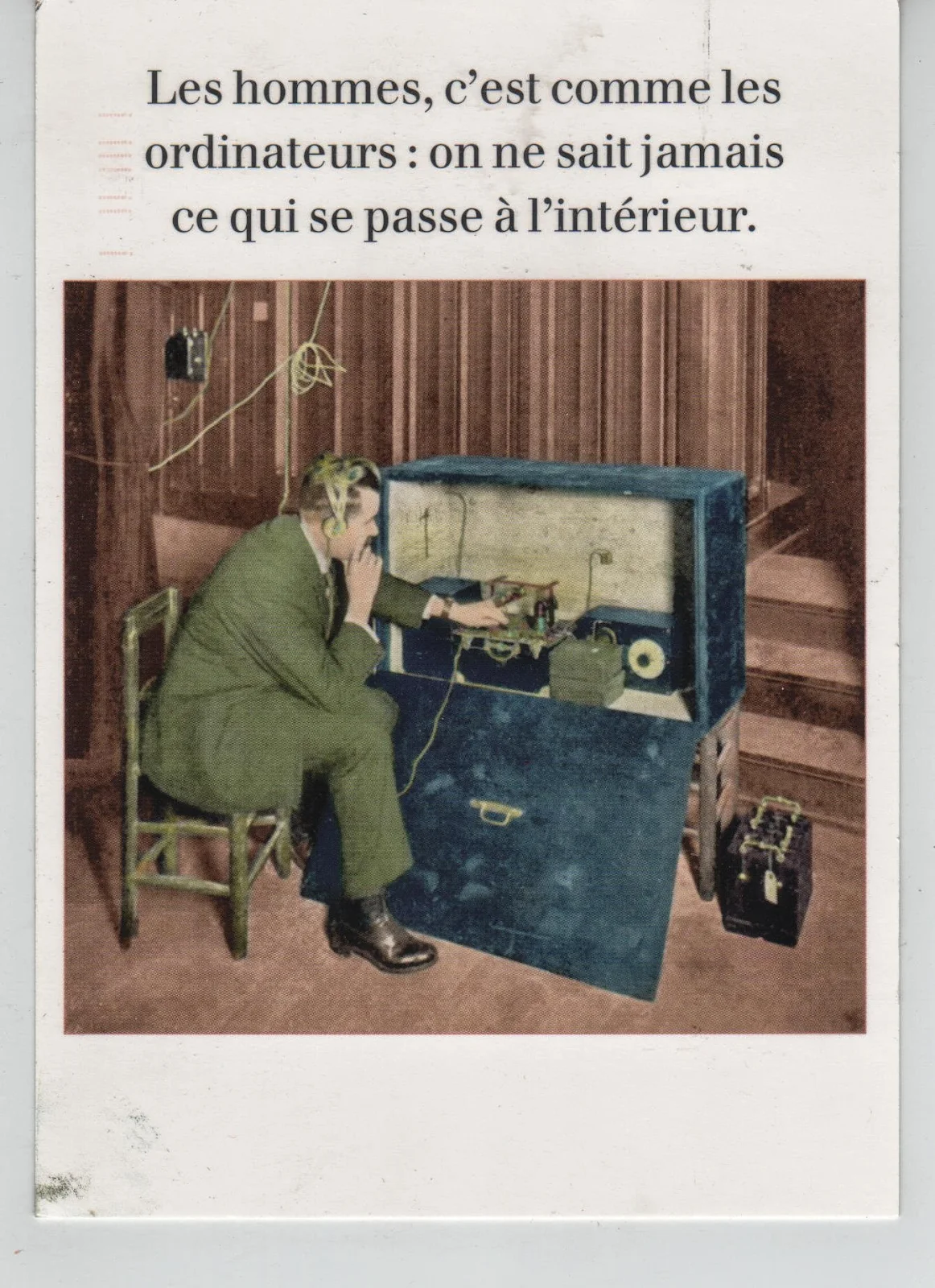Good Evening Bill & fellow Solder-smoke friends,
Well, I’m following the pack. I began gathering items for the Minima Transceiver back in March 14. There had been a good bit of strong back-N-forth discussions on the Minima Blog about what works and what doesn’t work. Some circuit refinements had been agreed upon while other were left to individual preferences. So, I decided to just be silent an learn from the experts. As a result, I did several months of observing before I took the plunge. While my efforts are not nearly as aggressive as others, I decided to forge a much slower path to success.
In my own quirky way of doing things, I kitted each module, measured all the parts statically, laid out the components, and finally built & tested each assembly before going to the next.
As a result, the learning’s were great and the performance of each section equal or better than my expectations.
I went the Manhattan Style this time but, I have purchased several sets of Minima PCBs to use in the future. As I see it, there is a lot more solder melting ahead.
Bill, building radios is NOT DEAD yet. That desire to get back to the golden days of home-brewing still lives on.
At the end of the Memorial Weekend, this is my current Minima progress…
· Construction of all 3 Audio Stages now complete (see photos)
· The Microphone Pre-Amp is now awaiting voice testing
· Audio Amplifier and Final Amplifier have been tested together
· The results of audio testing has been superb for all stages thus far
· 3 complete sets of Micro Relays have been order and I’m now awaiting their arrival
· 24 – various ferrite and powered iron cores arrived several weeks ago, these are the heart of the front-end RX/TX stages
· 100 - 20 Mhz. crystals have arrived and await characterization
· 25 - 8” Male to Male SMA Cables have arrived this weekend, will need to order 15 – 4” Male to Male SMA Cable Assemblies next
· 5 – 12” X 15” Copper Clad Boards have arrived this weekend
· 25 –J310 N-channel J RF Power FETs were ordered and arrived this weekend, these are used in the Mixer Stage
Final Audio Stage
Microphone Pre-Amplifier Stage (see microphone connector mounted at rear)
I’m ready to begin kitting the Side Tone Oscillator and RX/TX Relay Stages.
The largest and most intense modules are yet to be tackled.
The Bi-Directional Amplifier has 34 parts alone. So far I have installed over 40 parts in the three modules I’ve completed…
I realize it is just a start but, I’m motivated to see this one project through to completion.
73’s & Happy Soldering
Harv -=WA3EIB=-
Albuquerque, NM.











































